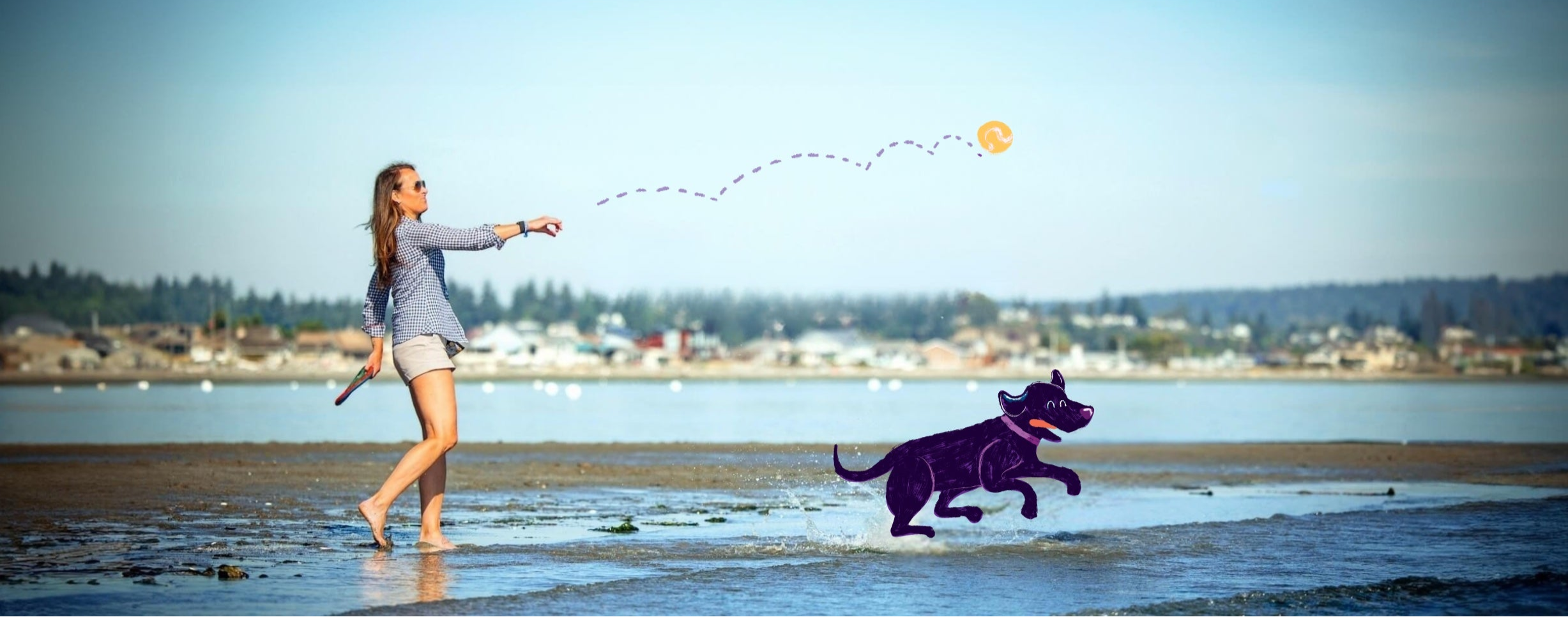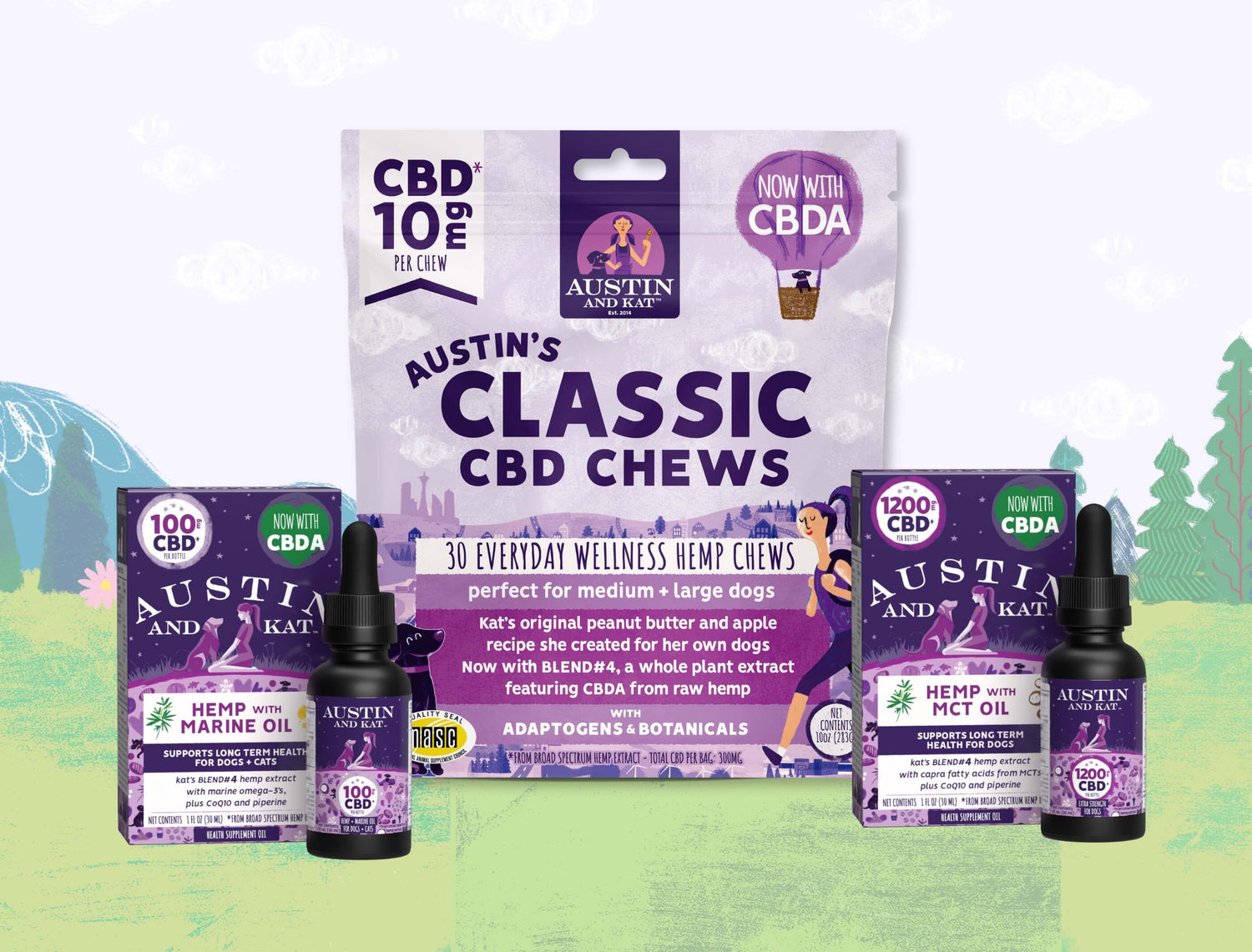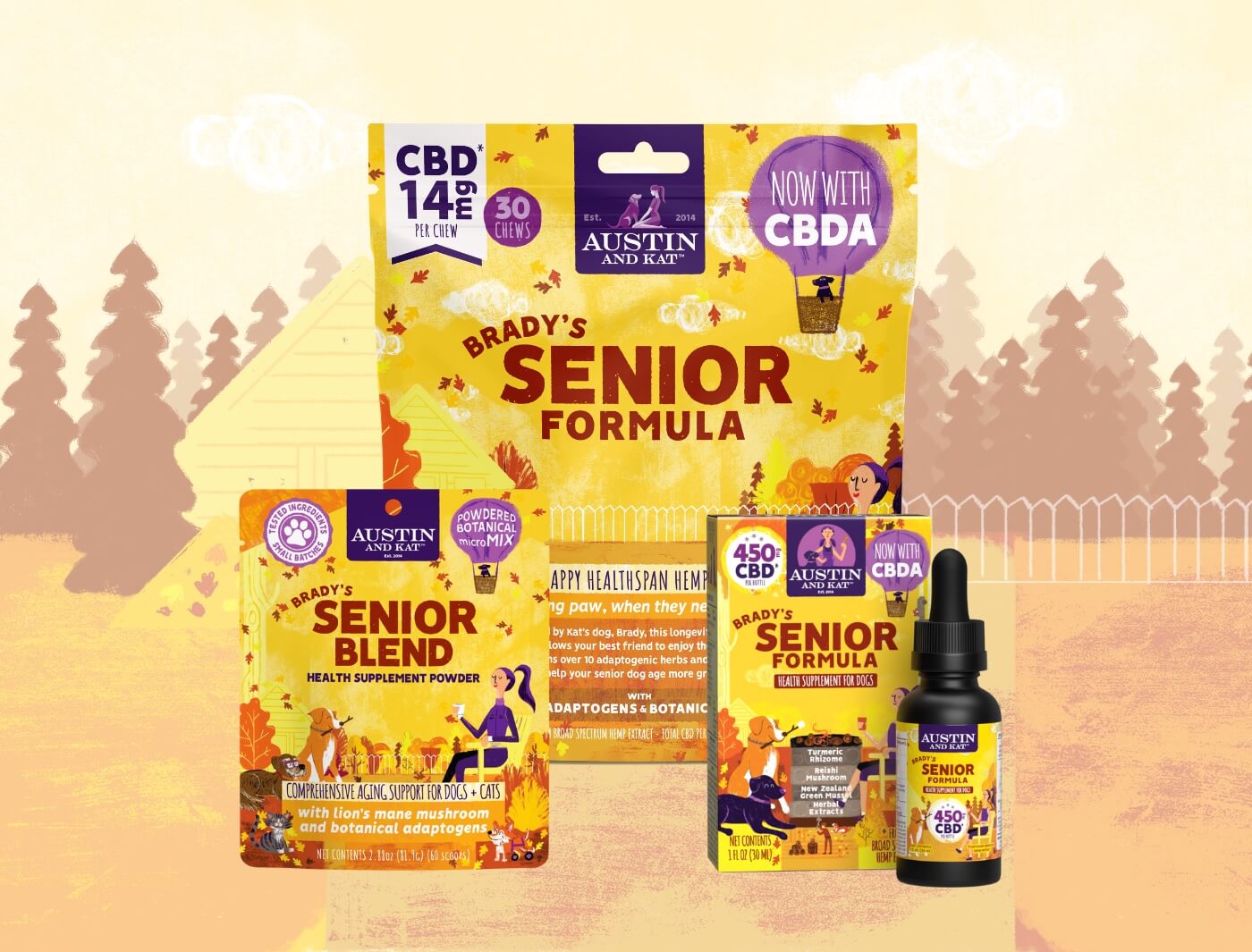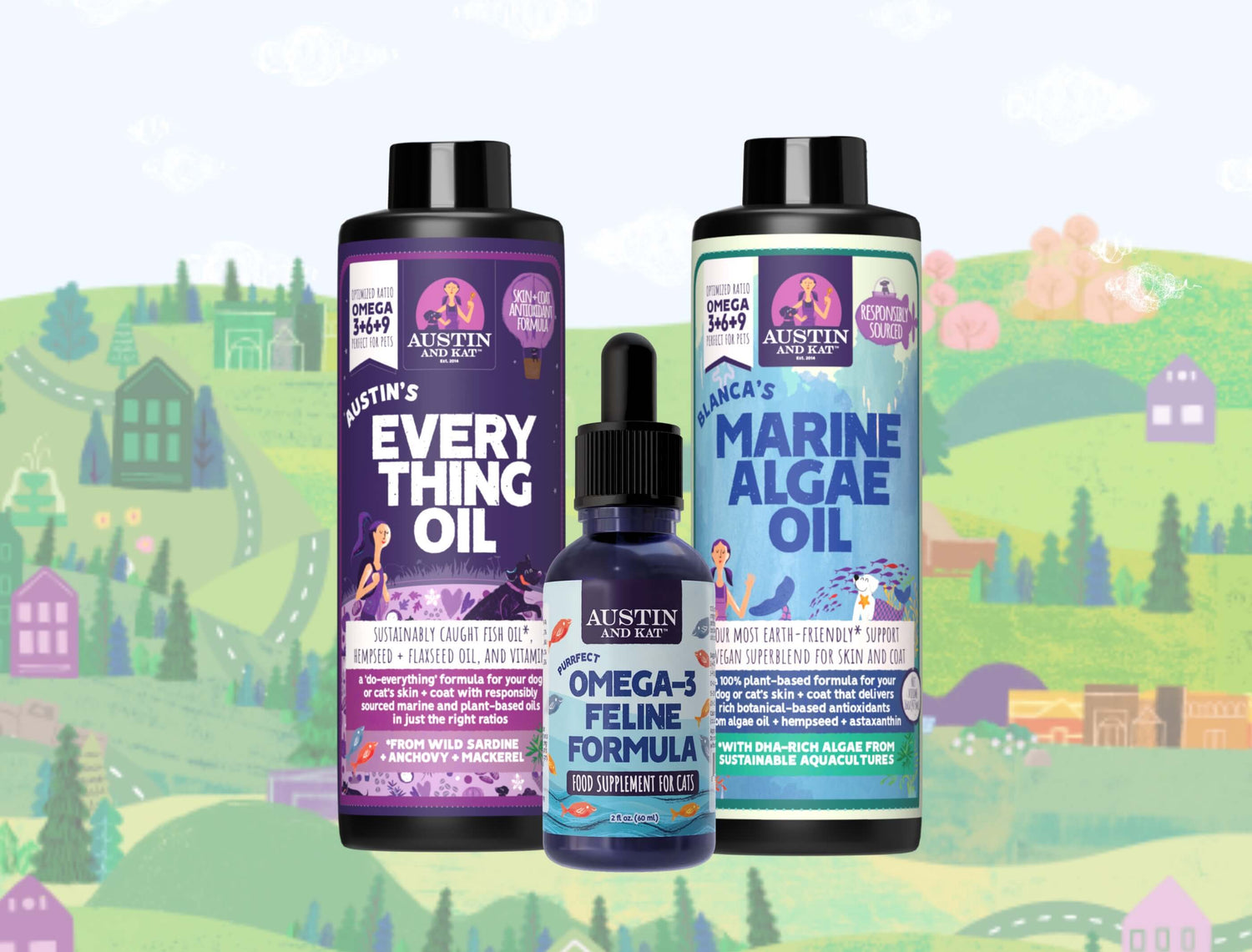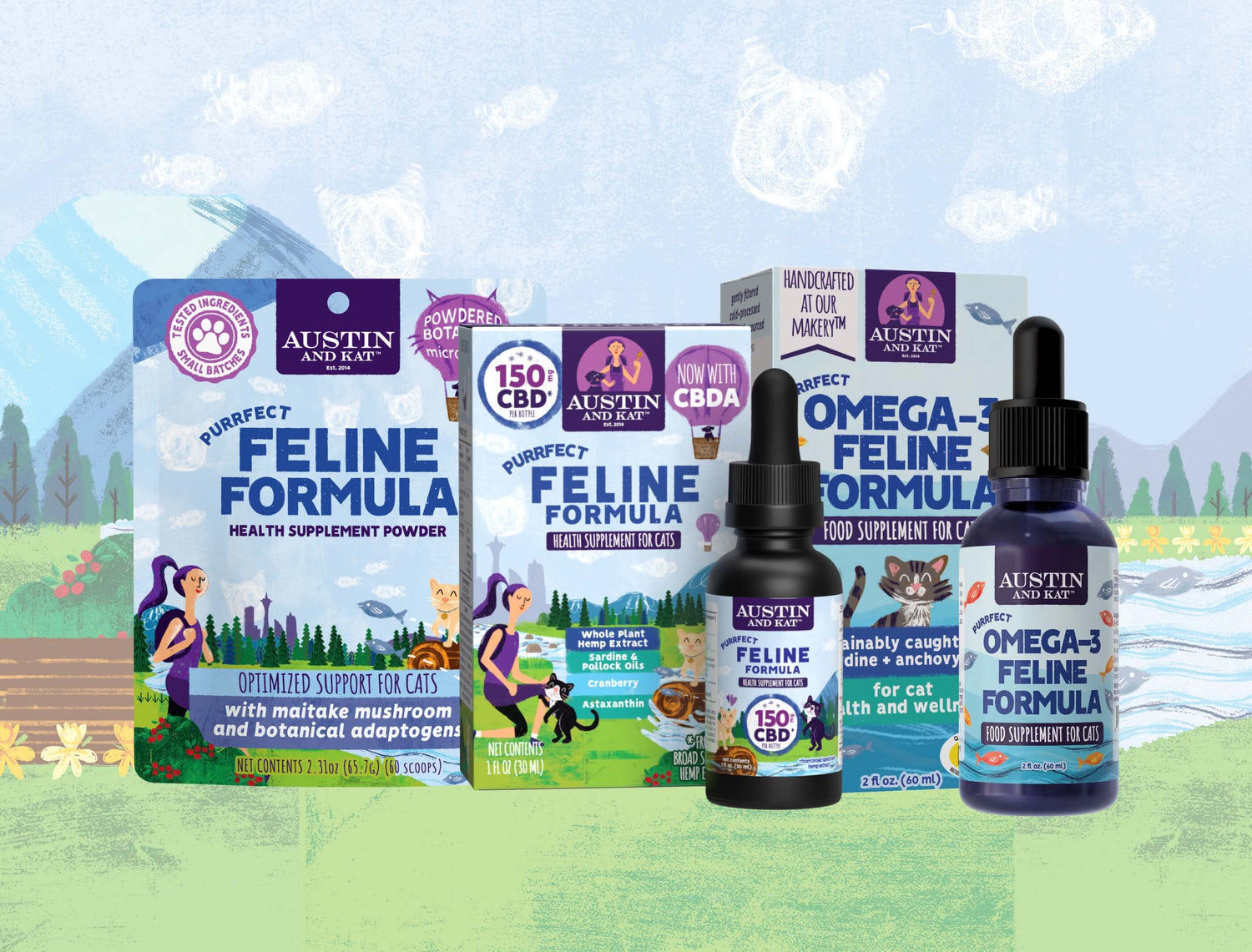Tips for training, feeding, and caring for a new puppy
Crate training a puppy is no easy task. Proper training can greatly improve your dog’s behavior as they mature. For that reason, we’ve gathered some tips and created a suggested schedule to help you deal with being a puppy parent.
For all puppies with an older sibling, it is important to bond with them separately and not always with the two of them together. Oftentimes that results in the younger dog bonding more to the older dog and taking on a role as protector (many younger dogs end up with some aggression issues). So get solo time with your puppy and solo time with your older dog.
Meals:
- Ideally allow your puppy to eat in the crate. If potty training is going well, your puppy should eat inside or outside the crate just before a walk.
- Hand feeding to practice commands is great for a bit but do not let the puppy get into the habit of only eating out of your hands
- Do not let your puppy graze. Allow 5-15 minutes for your puppy to eat then remove the food bowl.
Crate:
- The crate is your best friend. It is the only way for a dog to quickly catch on to potty training
- Do not pad the inside of the crate unless the dog respects it aka your dog does not eliminate on it/ chew it.
- Completely cover the outside of the crate if the dog cries when inside the crate; this will make it feel more like a den and prevent the puppy from distraction.
- Modify some crate time with "settle" time or intentional play time.
- When taking your dog out of the crate, use a tethered leash. It will be your friend during this time so you can still watch your puppy.
Potty Training:
For the 8-20 week old puppy, potty training will need to be altered based on the individual dog but should help guide your family when it comes to potty training. The times will fluctuate, but you should base their need to eliminate on a 3-4 hour basis depending on your puppy's activity level and how much time is spent in the crate.
- Choose a word to use so you can praise the dog when he/she eliminates outside
- If the dog does not go on a walk, the best solution is to return to crate and try again a bit later in order to avoid accidents in the home
- Always wipe paws after going outside until all shots have been administered to avoid transfer of germs from the streets
- Do not allow your puppy to play with dogs you do not know until they are fully vaccinated. Interaction with dogs you are familiar with is encouraged
- Do not punish your dog in the house for the first few weeks. Once the dog starts to catch onto going potty outside, you may discipline with "no potty"command or "bad dog" while you point at the mistake. Avoid doing this with poop until your dog is very confident to poop outside since pooping can be a scary thing for some dogs and we want them to feel confident in that vulnerable state.

Schedule
We know that not every dog has different habits, but it is important to get your puppy on a schedule for training purposes and for your sanity! Below we have outlined a suggested schedule to follow so that you can best train your puppy.
Morning
- When you first wake up:
- Take your puppy out for a quick relief. Once ready, open crate and immediately go outside (carry for these first few days/weeks depending on how hard it is for your puppy to hold it first thing in the morning)
- If your dog does go potty (typically does both in AM), your dog can be outside of their crate for a bit of time upon return. If nothing, place your puppy back in crate with meal and try again in 30 minutes.
- Feed after your walk (in crate or not). Give about 5 minutes to eat then remove bowl-- remember no grazing!
Afternoon
- 10:00/11:00am
- Once ready, open the crate and immediately go outside. If the dog eliminates and someone is home, dog can be loose 30-60 minutes upon return. Be sure to set a timer as this is crucial. Put your pup back in the crate for another few hours (with lunch if giving lunch at this time)
- 2:00/2:30pm
- Once ready, open the crate and immediately go outside. Repeat the same steps from the morning if your dog eliminates or not.
Evening
- 5:00/5:30pm
- Take your dog out for a quick relief. Once ready, open crate and immediately go outside (carry for these first few days/weeks depending on how hard it is for your puppy to hold it first thing in the morning)
- Feed after the walk (in the crate or loose); give 5 minutes to eat then remove the bowl - no grazing!
- You can move to feeding before walk once the puppy shows he/she can eat then eliminate outside without making a mistake in the house
** If your dog eliminates in the evening, you can leave him/her loose for most of the night. Although, if you cannot watch your puppy you should place them in the crate.
- 8:00pm
- Take your pup out for a quick relief break only. They will need to relieve themselves more frequently at night since it's the most activity once the family is home
** When you are home after work or there is more activity in the house, the puppy often needs another relief break if they will be out of the crate for that entire time at night**
Bedtime
- Take your puppy out for a quick relief break only. Then place them back in the crate for so much much needed zzz’s for the both of you!

Why use Active Formula?
You may be thinking, how can I help my puppy to grow up and be the best dog they can be? Much like children need extra support while growing.,, giving your dog our Active formula can encourage normal development and promote physical and mental performance. We’ve included additional ingredients listed below specifically with active puppies in mind:
Salmon oil and Cordyceps: Help cognitive development and enhance the immune response
Cordyceps and ashwagandha: help maintain weight balance and reduce oxidative stress while running, playing, and constantly growing
Cinnamon: Helps remove damaging free radicals and regulates blood sugar for weight balance

